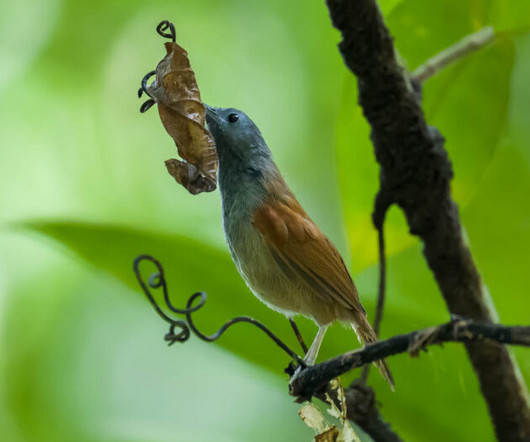The Geladas of Ethiopia
10,000 Birds
JUNE 11, 2013
Geladas are the sole survivors of a once abundant branch of primates that historically foraged across the grasslands of Africa, the Mediterranean and India. they are the most terrestrial primate after humans. This has resulted in their populations returning to natural levels and their fear of humans being curtailed.












Let's personalize your content